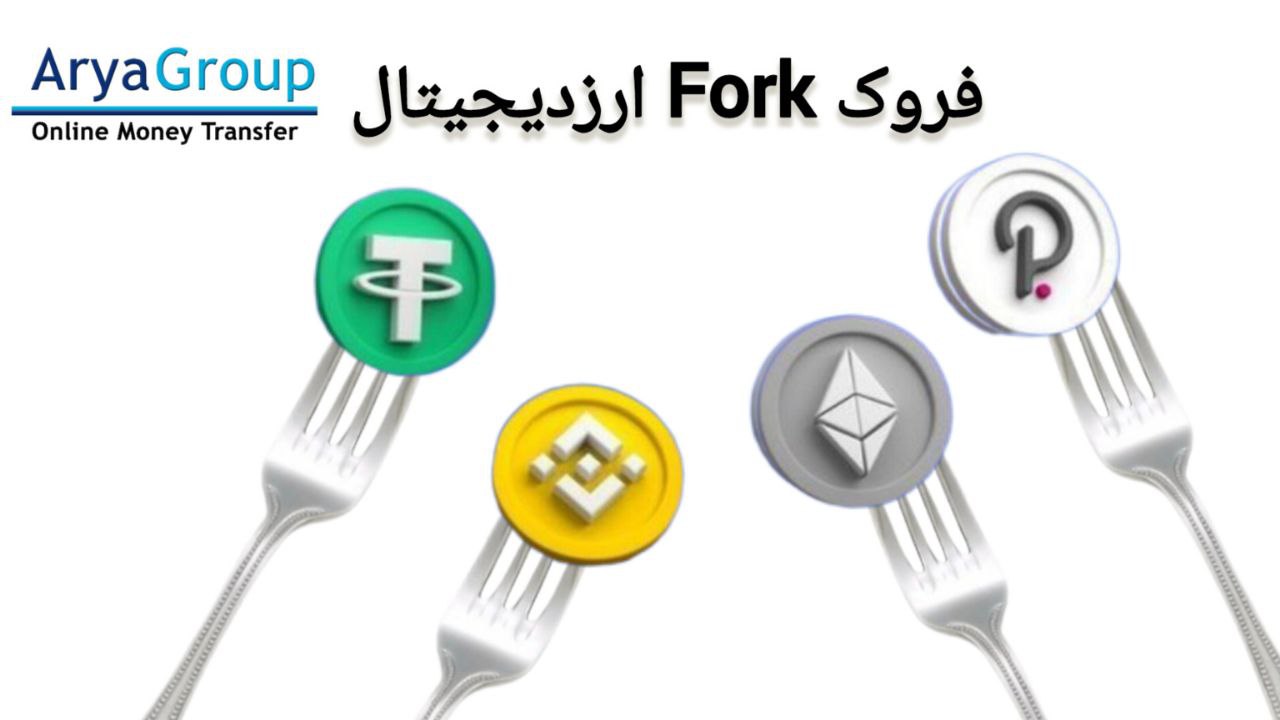FORK

What is a Fork?
In the world of cryptocurrencies, a fork refers to the splitting or branching off from a main blockchain into two or more separate blockchains. This phenomenon usually occurs due to changes in the protocol, software updates, or disagreements among the community of users and developers.
Forks can have significant impacts on the cryptocurrency market and prices, as they may lead to the creation of new currencies and changes in the acceptance of existing ones.
How do Forks Occur?
- Improving Security and Scalability: Some cryptocurrencies need to undergo a fork due to scalability issues (such as transaction confirmation times or high transaction fees) to better accommodate user demand.
- Creating New Versions: Some forks are intentional and are created to develop new versions of a cryptocurrency, which may have different features or goals.
- Developing and Improving Protocols: One of the main reasons for forks is the enhancement and upgrading of existing protocols. Developers may want to add new features or address security vulnerabilities.
- Disagreements within the Community: Sometimes, members of a cryptocurrency community disagree on its future direction. This disagreement can lead to the network splitting into two or more forks, each following its own path.
Forks can be divided into two main types:
- Hard Fork: In the world of cryptocurrencies, this refers to fundamental changes in the protocol of a blockchain that result in the creation of a new version of that blockchain. These changes usually arise from disagreements within the developer or user community regarding how the network should operate, new rules, or improvements in security and scalability.
In a hard fork, changes are made in such a way that they are not compatible with older versions. As a result, if a user is using an older version, they cannot interact with the new version. For this reason, hard forks typically lead to the creation of two separate blockchains: one that implements the new updates and another that remains on the old version.
One of the most well-known examples of a fork is the Bitcoin fork into Bitcoin Cash. In 2017, the Bitcoin community decided to implement changes to the protocol due to scalability issues and long transaction times. Some developers suggested increasing the block size to accommodate more transactions in each block. Consequently, on August 1, 2017, a hard fork occurred, resulting in the creation of a new blockchain called Bitcoin Cash. Since then, Bitcoin and Bitcoin Cash have operated as two separate cryptocurrencies. Individuals who held Bitcoin at the time of the fork received Bitcoin Cash equivalent to the amount of Bitcoin they owned.
Types of Hard Forks:
- Planned Hard Fork: This type of hard fork is intentional and communicated in advance to the user community. It is typically designed to improve performance, fix bugs, or add new features to the blockchain. Examples of planned hard forks include "Ethereum Constantinople" and "Bitcoin Cash."
- Unplanned Hard Fork: This type occurs due to technical issues or disagreements among developers and the user community. In this case, a change may be made without general consensus, leading to the creation of two different chains. An example of this type of hard fork is "Ethereum Classic," which emerged after a dispute over a planned hard fork aimed at restoring funds from the DAO hack.
- Soft Fork: In this type of fork, changes are made in such a way that they are compatible with previous versions of the protocol. In other words, nodes that have not been updated can still communicate with updated nodes. For example, if a new feature is added to the blockchain that is compatible with previous versions, this type of fork would be considered soft.
Soft forks usually refer to smaller changes that are compatible with previous versions. For instance, in 2015, a soft fork was implemented on the Bitcoin network to add a feature aimed at improving scalability and reducing transaction costs. In this case, the new blockchain was compatible with previous versions, and users did not need to change their wallets or assets.
 English
English
 فارسی
فارسی

Add New Comment